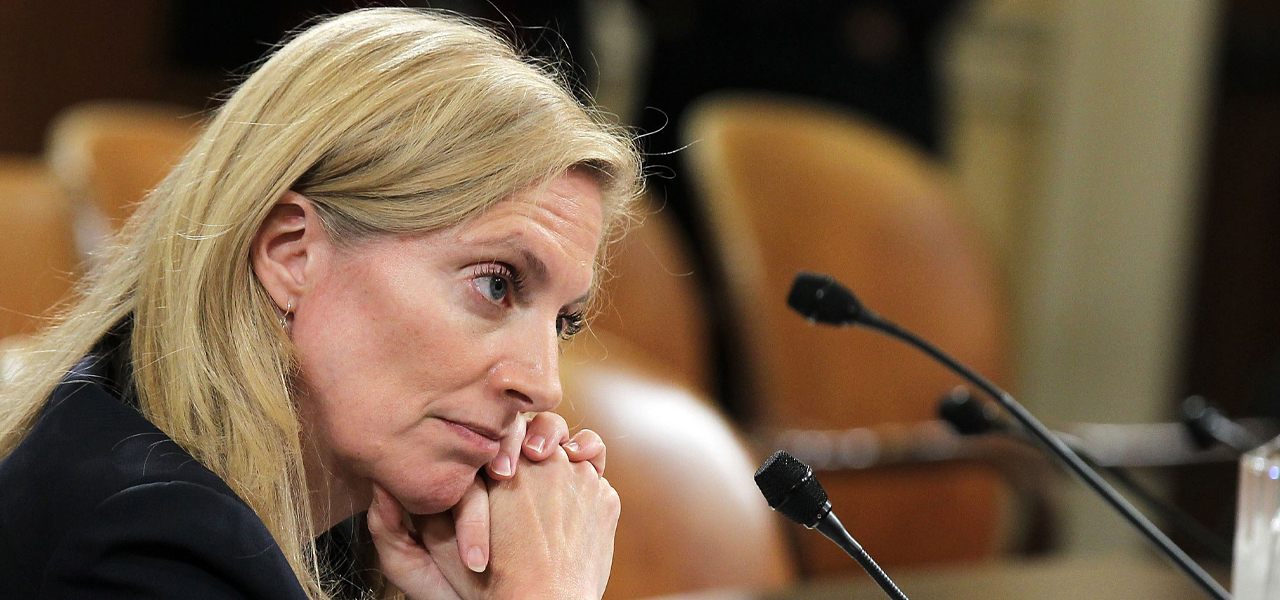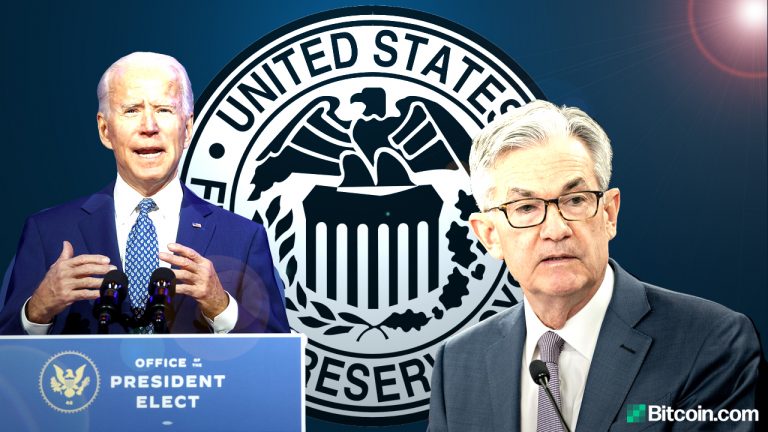Printing $1.7 Trillion for Climate Change: How Joe Biden’s Administration Aims to Push the ‘Green New Deal’
4 min readIn 2020, the U.S. Federal Reserve has injected an enormous amount of U.S. dollars to special interests in the banking sector in order to combat the economic effects stemming from the coronavirus outbreak. This week the central bank published its financial stability report and the Fed discussed addressing climate change for the first time. A number of economists and analysts now believe the Fed plans to help President-elect Joe Biden’s transition team print $1.7 trillion for the Democrat’s plan the “Green New Deal.”
During World War II and after the stock market crash during the Great Depression, President Franklin D Roosevelt (FDR) ushered in a “New Deal” in order to combat the hurting American economy. In 2020, Americans are hearing about another so-called deal called the “Green New Deal” designed by Democrat leaders in Congress.
The Green New Deal is a government proposal that aims to leverage stimulus and strict laws to battle climate change and economic inequality. The plan calls for the distribution of a massive amount of Federal Reserve Notes (FRNs) and laws that help America transition away from fossil fuels.

For quite some time people assumed that the Green New Deal would grow stale under another four-year Trump presidency and without help from the Federal Reserve. However, now that it is assumed Joe Biden will be the next U.S. President, even though Trump won’t concede, individuals expect the New Green Deal to get pushed through Congress.
Then this week, the U.S. central bank published the Fed’s financial stability report, which usually discusses a variety of banking procedures but instead, the Fed highlighted climate change. “Federal Reserve supervisors expect banks to have systems in place that appropriately identify, measure, control, and monitor all of their material risks, which for many banks are likely to extend to climate risks,” the financial stability report stresses.
Now, this is the first time the Fed wrote about addressing climate change in a stability report, but Fed Governor Lael Brainard addressed the issue in 2019 as well.
The recently published financial stability report has made economists, media, and analysts suspect that the Fed will support the Democrats and Biden’s plan to usher in the New Green Deal. Moreover, it will allow the U.S. central bank to keep the money spigot on full blast, as the New Green Deal needs around $1.7 trillion according to the proposal.

In addition to getting $1.7 trillion from the Fed and the Treasury, Democrats want to end hydraulic fracturing in the U.S. as well. Mainstream media reporters also assume that Lael Brainard is a “top contender for Treasury secretary in President-elect Joe Biden’s Cabinet.”
“It is vitally important to move from the recognition that climate change poses significant financial stability risks to the stage where the quantitative implications of those risks are appropriately assessed and addressed,” Brainard explained discussing the subject of climate change and its looming effects on the U.S. economy.
Ever since the announcement that Joe Biden might be the next U.S. President and the vaccine proclamation from Pfizer, spot gold and gold futures saw the largest daily price drop in seven years. Bitcoin (BTC) prices have done the opposite and BTC’s value recently jumped over the $16k price zone. With a possible Joe Biden presidency, a great number of bitcoin proponents expect a lot more stimulus from the Fed and politicians.
“Now that the U.S. election is behind us, attention is returning to the proposed fiscal stimulus package,” said the crypto asset analyst Simon Peters from Etoro this week. “Even with the prospect of a Covid-19 vaccine, the U.S. economy will still need support to assist it through the period before it is made available to people. The size of the package and the mechanics behind its funding could be the catalyst to finally take us past $17,500,” Peters added.
Financial pundits assume the Fed is planning to help push the Green New Deal through in 2021. However, this week incumbent POTUS Donald Trump plans to shake up the Fed board, which has started to worry U.S. Democrats.
Although, the media still assumes that President-elect Joe Biden will keep Fed Chairman Jerome Powell in his position after the ostensible administration transition. Just recently, the Fed Chairman also discussed the topic of climate change, and he talked about how it could be incorporated into the central bank’s procedures.
“Incorporating climate change into our thinking about financial regulation is relatively new, as you know,” Powell said. “And we are very active in the early stages of this, getting up to speed, working with our central bank colleagues and other colleagues around the world to try to think about how this can be part of our framework.”
What do you think about the U.S. Federal Reserve talking about stimulus plans for climate change and the New Green Deal? Let us know what you think about this subject in the comments section below.
The post Printing $1.7 Trillion for Climate Change: How Joe Biden’s Administration Aims to Push the ‘Green New Deal’ appeared first on Bitcoin News.





![Decentraland: Review & Beginner's Guide [current_date format=Y] 25 Decentraland: Review & Beginner's Guide](https://cryptheory.org/wp-content/uploads/2020/11/decentraland-02-gID_7-300x150.jpg)